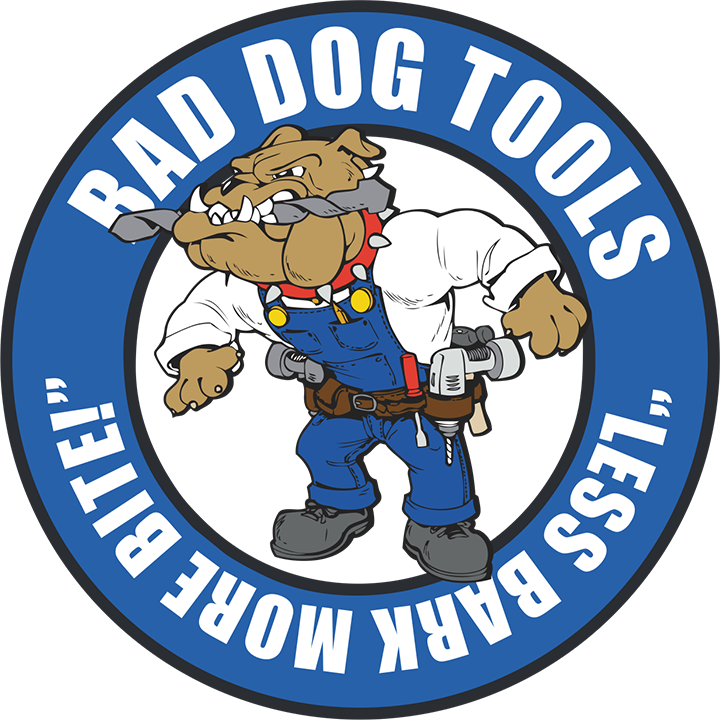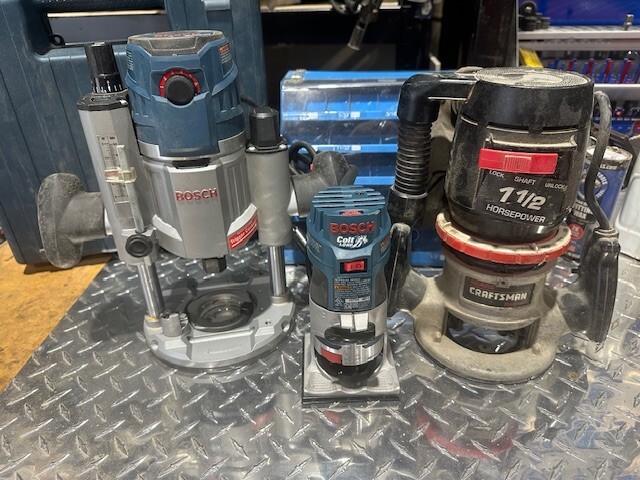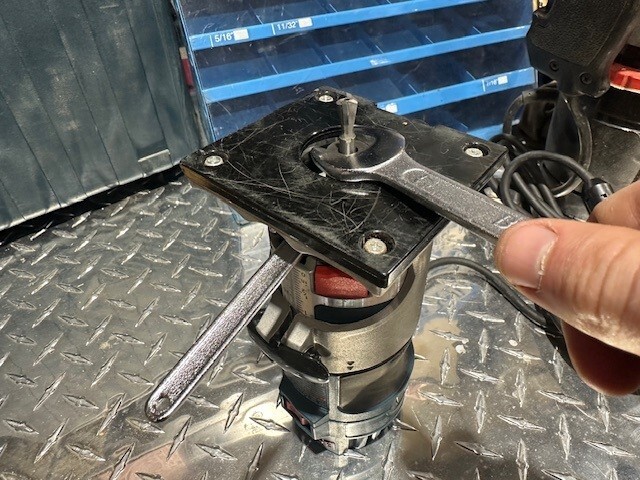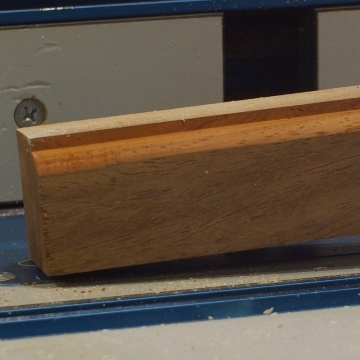What Is a Router Bit and What Can It Do?
Posted by Ann Strong on 10th Jul 2025
What Is a Router Bit and What Can It Do?
Router Bit! It’s a word you’ve heard before to describe a kind of bit that’s not one but literally hundreds of different bits. What all Router Bits have in common is that they fit in a tool called a Router. What is a Router? Nope - not the kind of router that connects you to the internet but a Router Tool that holds a Router Bits to spin it at a high rate of speed to cut a wide variety of materials in a myriad of ways.
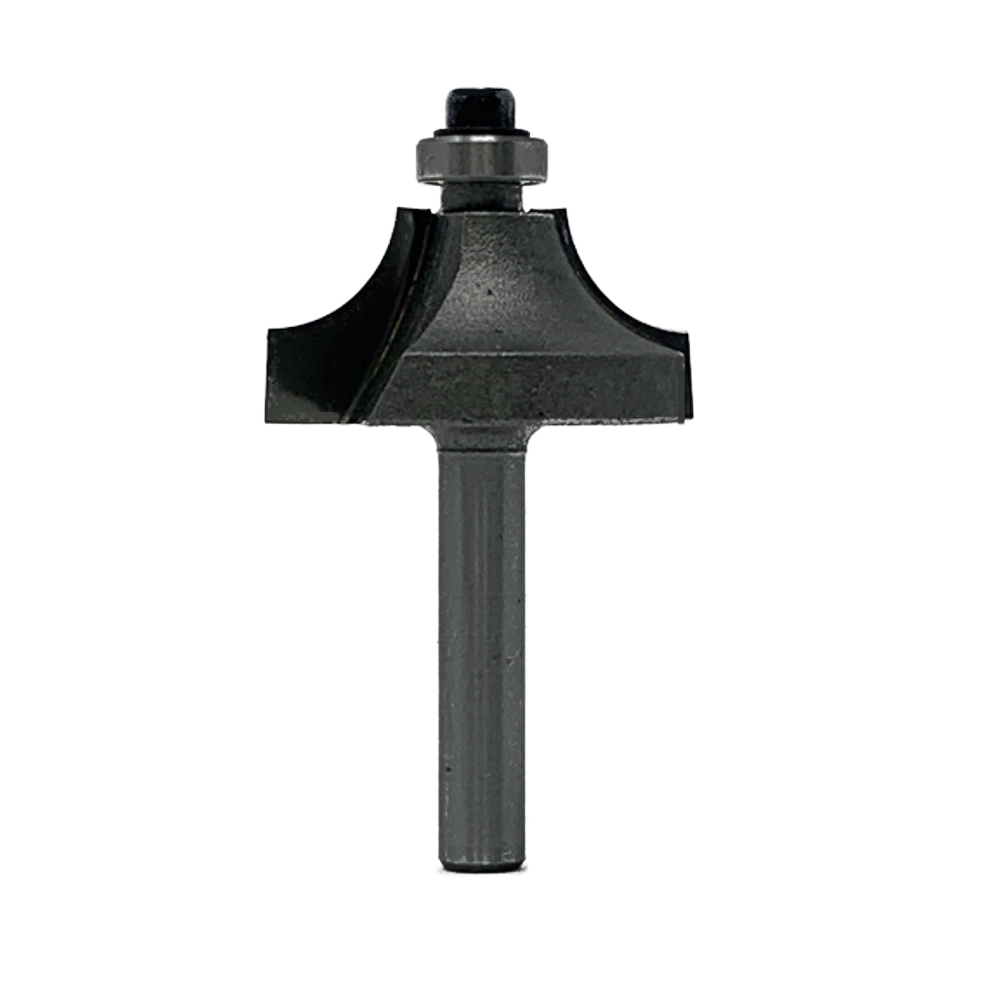
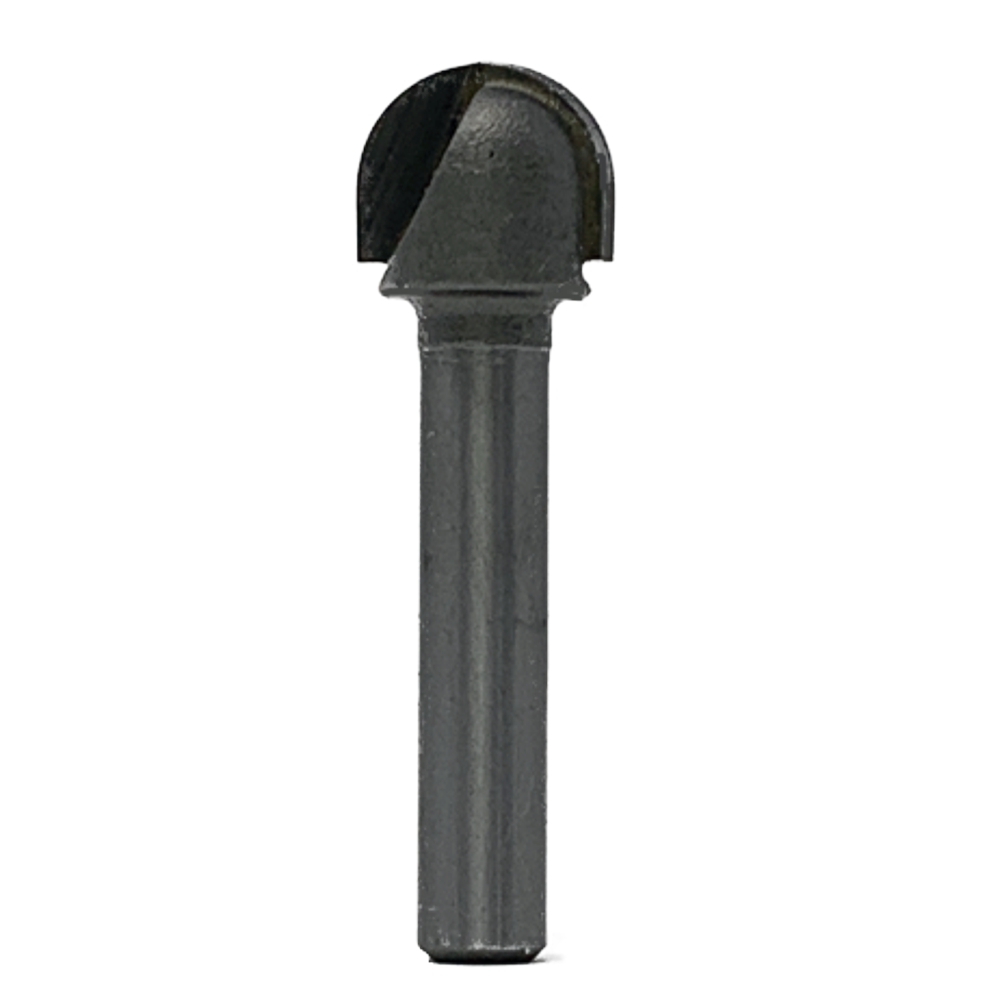
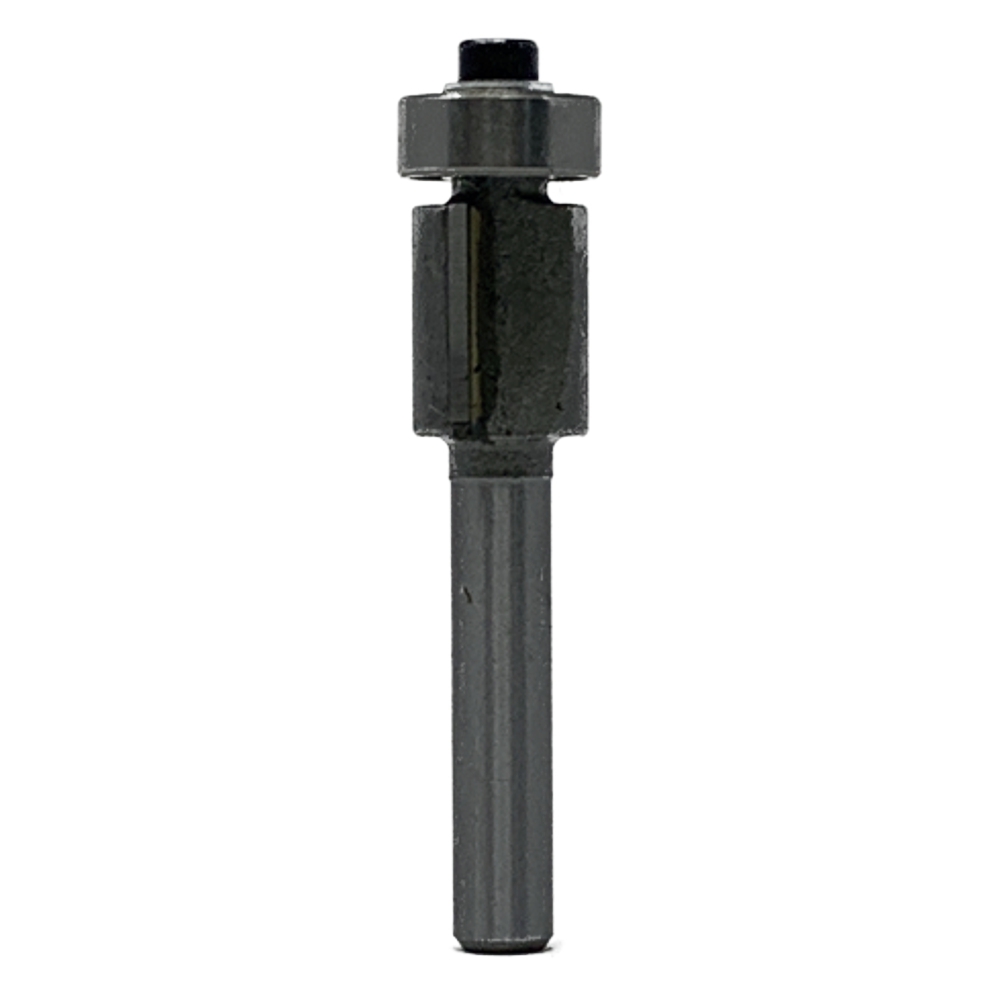
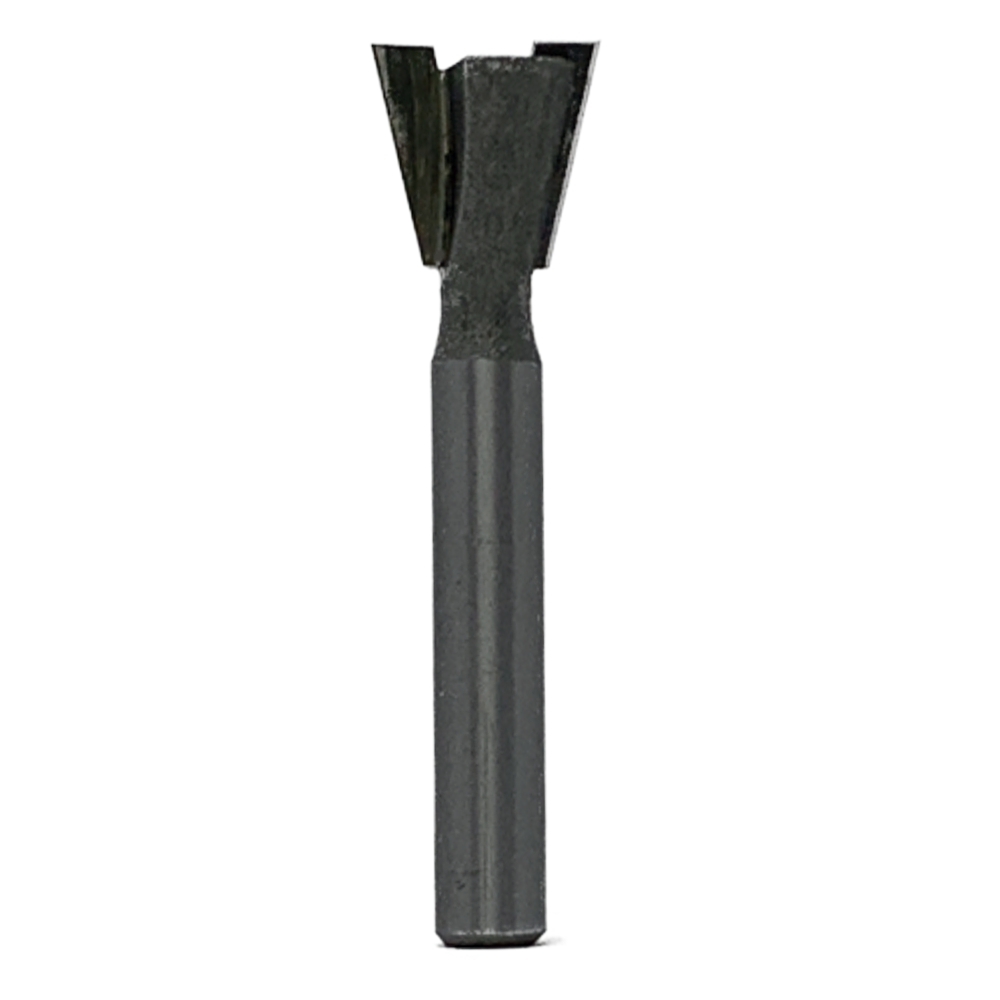
Router Tool? What's that?
A Router Tool looks sort of like something you’d mix a drink with but instead it has a special collet – like a specialized drill chuck – that holds the shank of a Router Bit securely. Securely and properly inserting a Router Bit into a collet is really important – that puppy spins between 8,000 and 24,000 rpm so don’t take any chances!
From Left to Right: Plunge Router, Trim Router, Standard Router
How do I properly install a Router Bit into a Router Tool?
Here’s how!
- Match size of shank to the size of the collet. It will be either ¼” or ½”. DO NOT install a Router Bit into a collet of a different size.
- Push the Router Bit into the collet until it stops then pull it out 1/16” to 1/8” to seat the Router Bit properly so it won’t bottom out when spinning which could cause damage to your workpiece and cause injury.
Tighten with the wrenches provided with your Router Tool.
Make Sure to Match The Size of Your Router Bit and Router Collet
Tighten With Manufacturer Supplied Wrenches.
How do I know that I’ve installed a Router Bit Correctly in a Router Tool?
Since Router Tools from different manufacturers will differ in set-up,
In the interest of safety, Bad Dog Tools recommends that you also consult your Router Tool’s Owner’s Manual.
Which Router Bit Will Work for You?
There are hundreds of styles of Router Bits – some very specialized and some not very specialized. Here’s a list of some of the tasks that Router Bits can do:
- Cut along the edge of material
- Trim material that’s against another material
- Plunge into the center of material to leave the material intact around the edge
- Create a decorative cut in a piece of material
- Make a specific shape for a hinge or handle. This task is often done by a pair of Router Bits like Mortise and Tenon Router Bits.
What materials can I cut with Router Bits?
The easy answer is wood. But if you stop at wood then you’ll miss out on some of the best uses of a Router bit. Here’s a list of materials that we regularly router with Bad Dog Router Bits:
- Plastic
- Metal
- Wood
Plastic
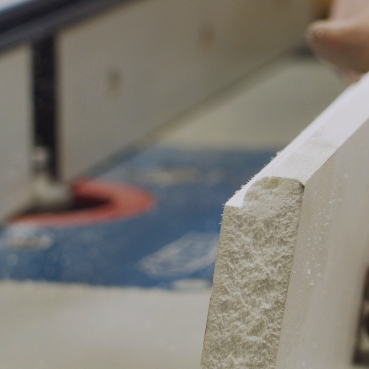
Does it matter if the plastic that I want to router is hard or soft?
Yes! Harder materials are typically routed at slower speeds while softer materials should be routed at a higher rate of speed. That’s not all! You’ll also have to match the speed that the bit is spinning to the diameter of the bit. Smaller Router Bits can be spun at a faster rate of speed than larger Router Bits. Here’s a chart to give you an idea of the generally recommended speeds to spin Router Bits when working with Plastic which includes Bondo and Body Filler, PVC Board, Corian ™ and Nylon.
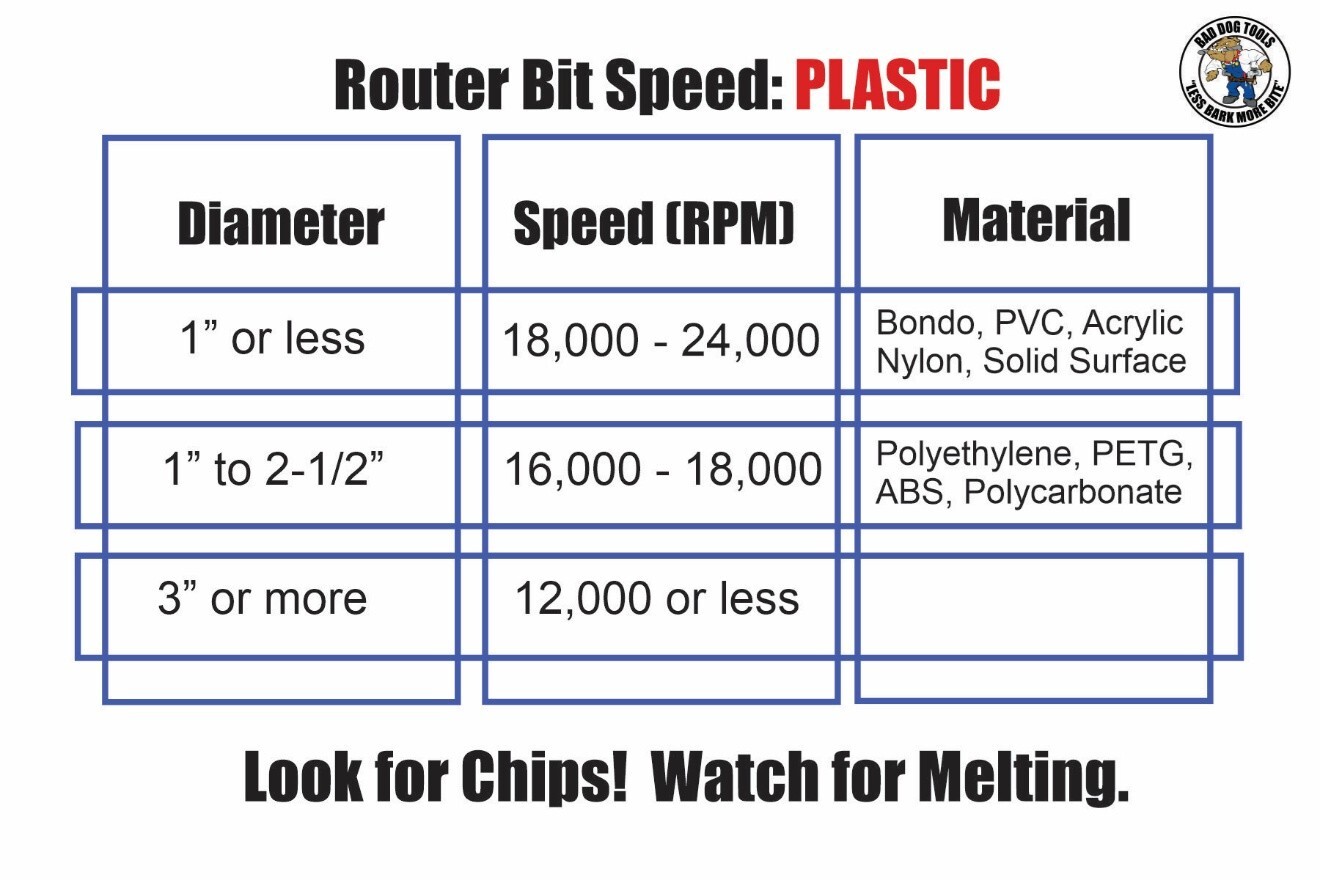
Metal
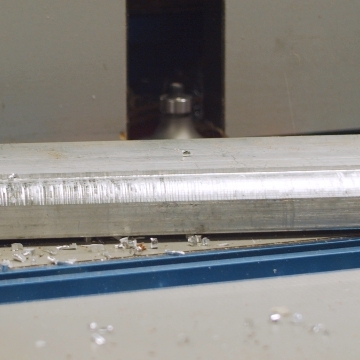
Can you use a Router Bit on metal?
Believe it or not, Bad Dog Tools’ Router can be used to router aluminum. Use a small diameter bit at a slow speed with shallow passes at a slow feed rate. Watch chip size. DO NOT use Bad Dog Tools Router Bits to router FERROUS metals.
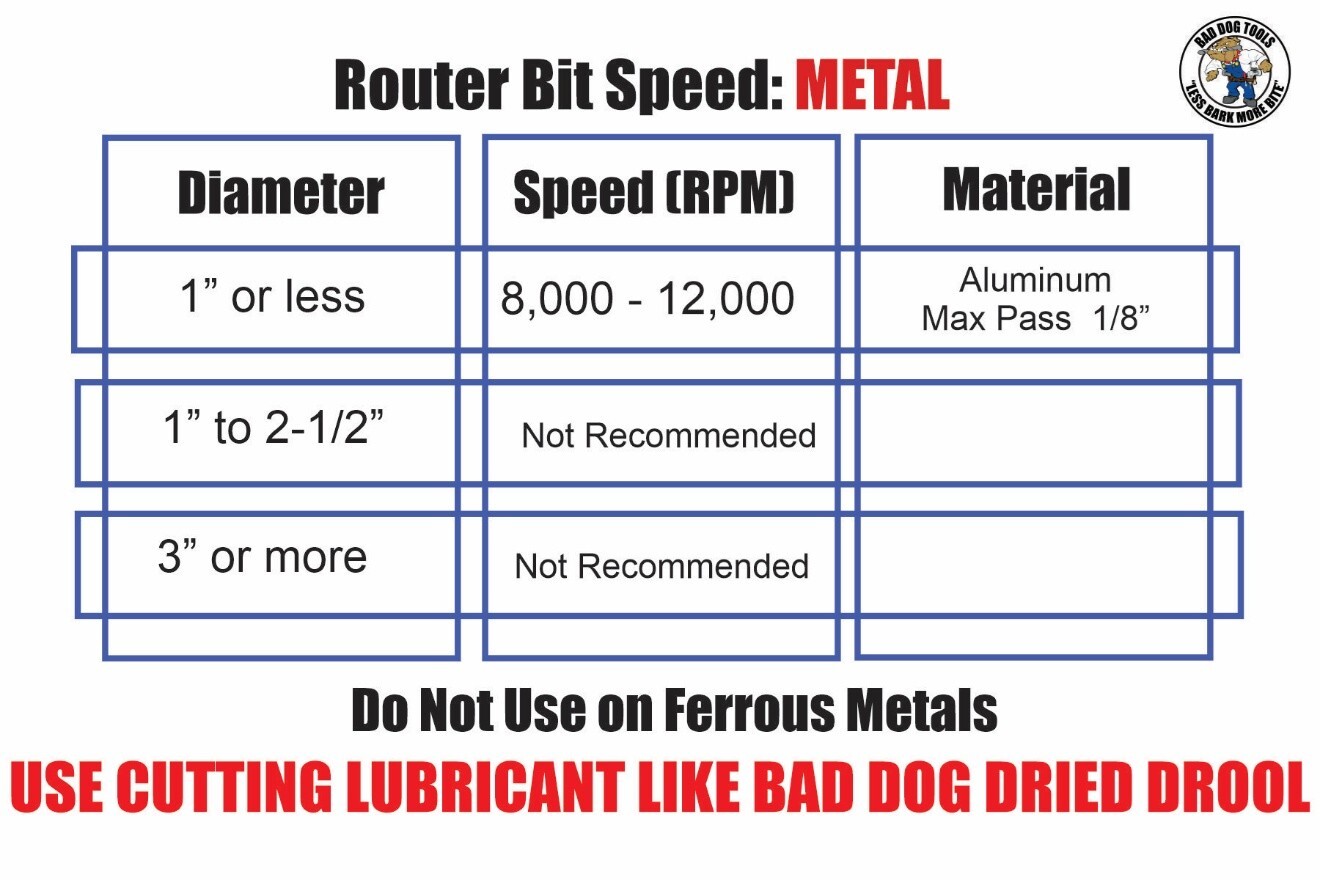
Wood
What can I do in Wood with a Router Bit?
Along with “workhorse” bits, the Bad Dog Tools’ 35-piece Router Bit Set includes over twenty different bits to create stylish edges, grooves, and decorative elements in wood trim, railings, stair treads, furniture and more! Router Bits will work on hard and soft woods and other wood products like MDF – which should be treated as a hardwood when routing.
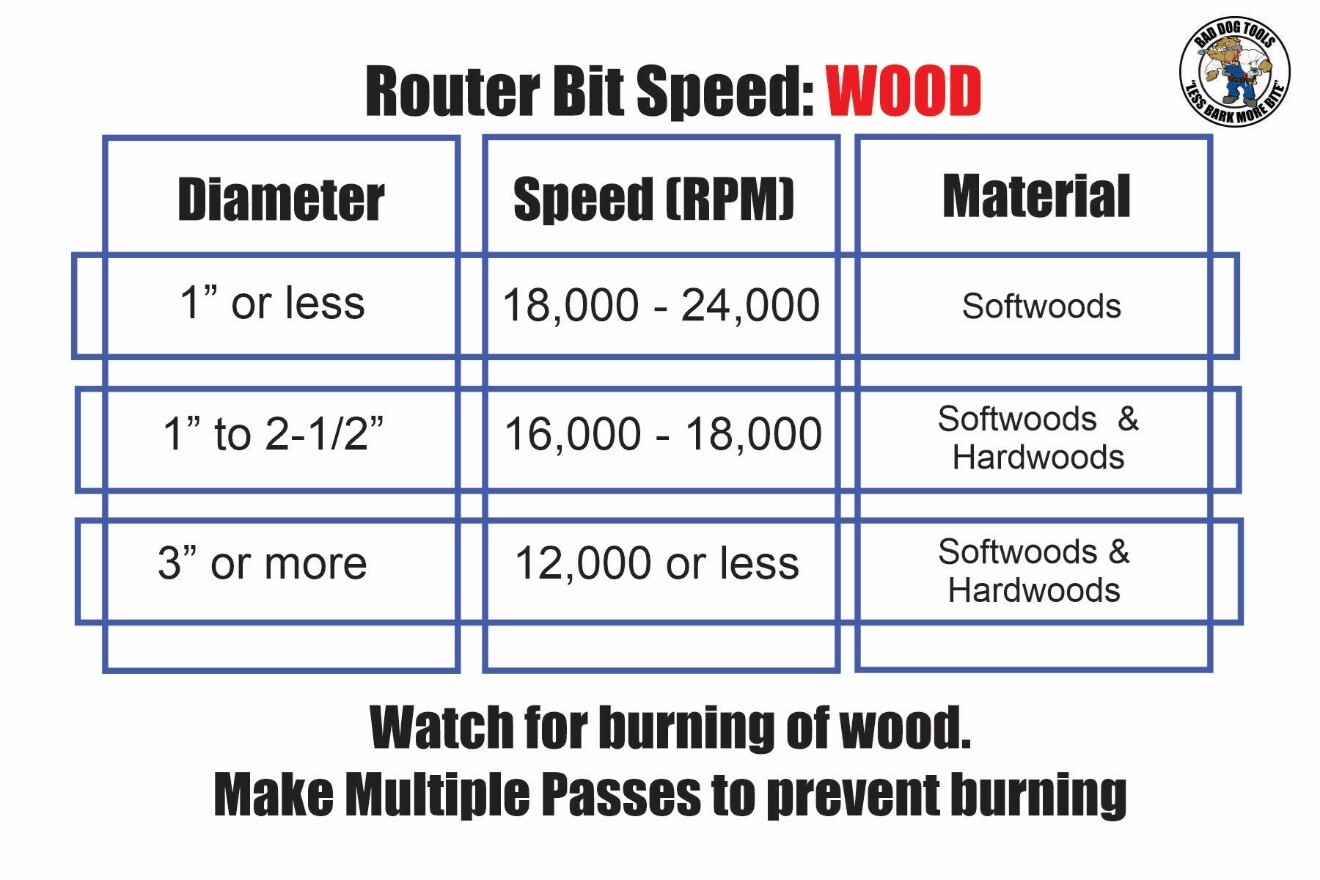
What materials can’t Router Bits work on?
Router Bits are GREAT but there are some materials that you should steer clear of. Don’t use Bad Dog Tools’ Router Bits on:
- Masonry
- Cement board
- Cement siding
- Any metal other than aluminum
What do you mean by speed and what does it have to do with Router Bits?
Good question! Speed on a Router Tool (and all other spinning tools) is measured in RPMs. What does RPM stand for? RPM is an abbreviation for “Revolutions per Minute” which means the number of times the Router Tool collet spins in one minute. And if you’ve got a tachometer in your car, that measures RPM, too – the spinning of the crankshaft in your engine.
Who Should Use a Router Bit?
In short, everyone. Almost every industry has a potential use for router bits (that's why there are so many different profiles!) Here are some common industries and their most commonly used router bits.
What Router Bits should a plumber use?
Router Bits cut PVC like butter! Make controlled cuts with a hand-held Router Tool loaded with a Flush Trim of Chamfer Router Bit to match pipes on complicated installs. Re-routing plumbing in an old home? V-Groove or Core Box can create grooves in joists or beams to create the space needed to run new plumbing without compromising frame integrity with large, drilled holes.
Best Router Bits for Plumbers:
- Flush Trim (1)
- Chamfer (2)
- V-Groove (3)
- Core Box (4)
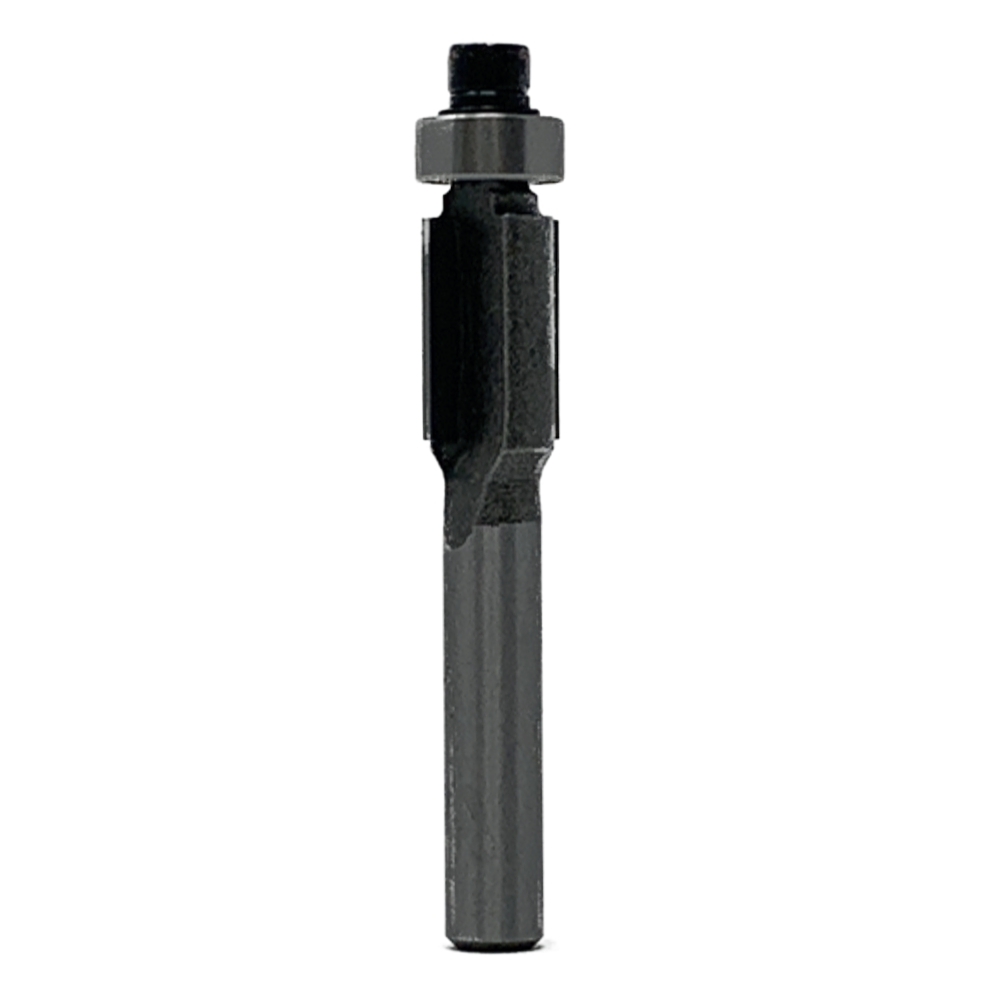
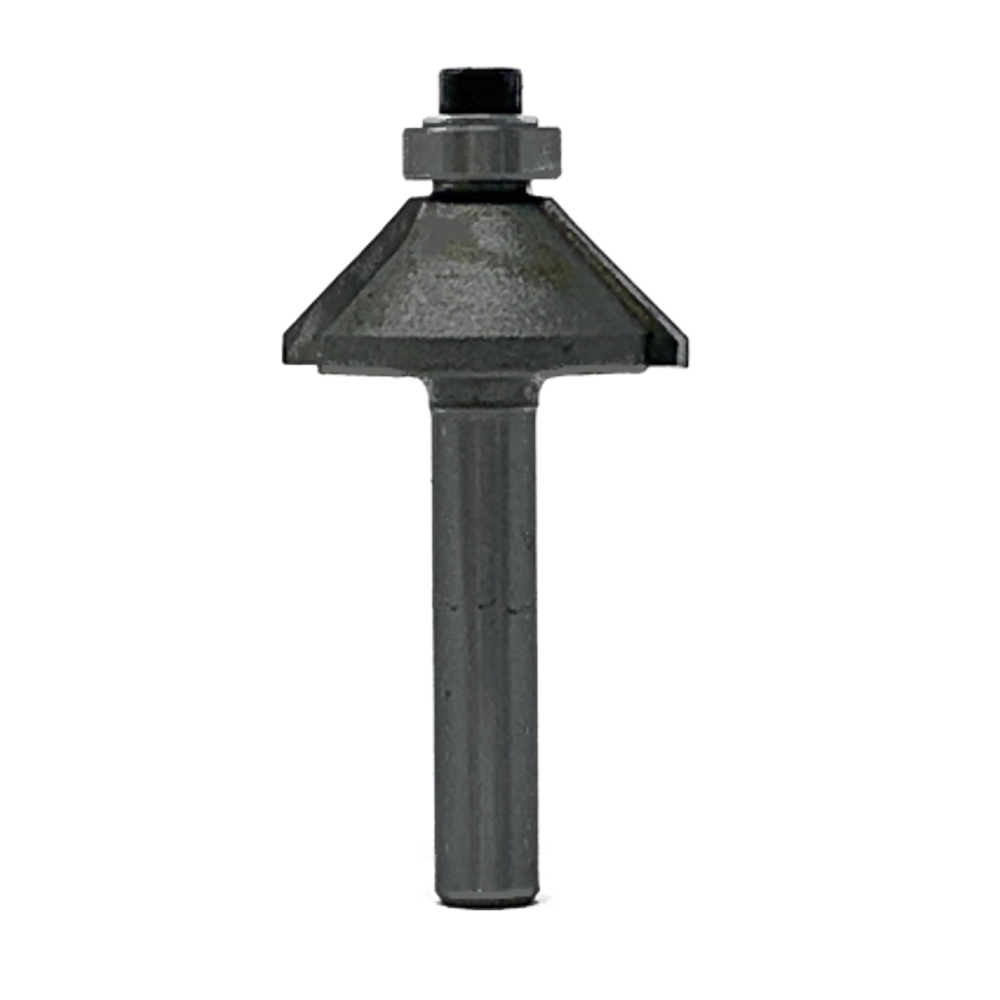
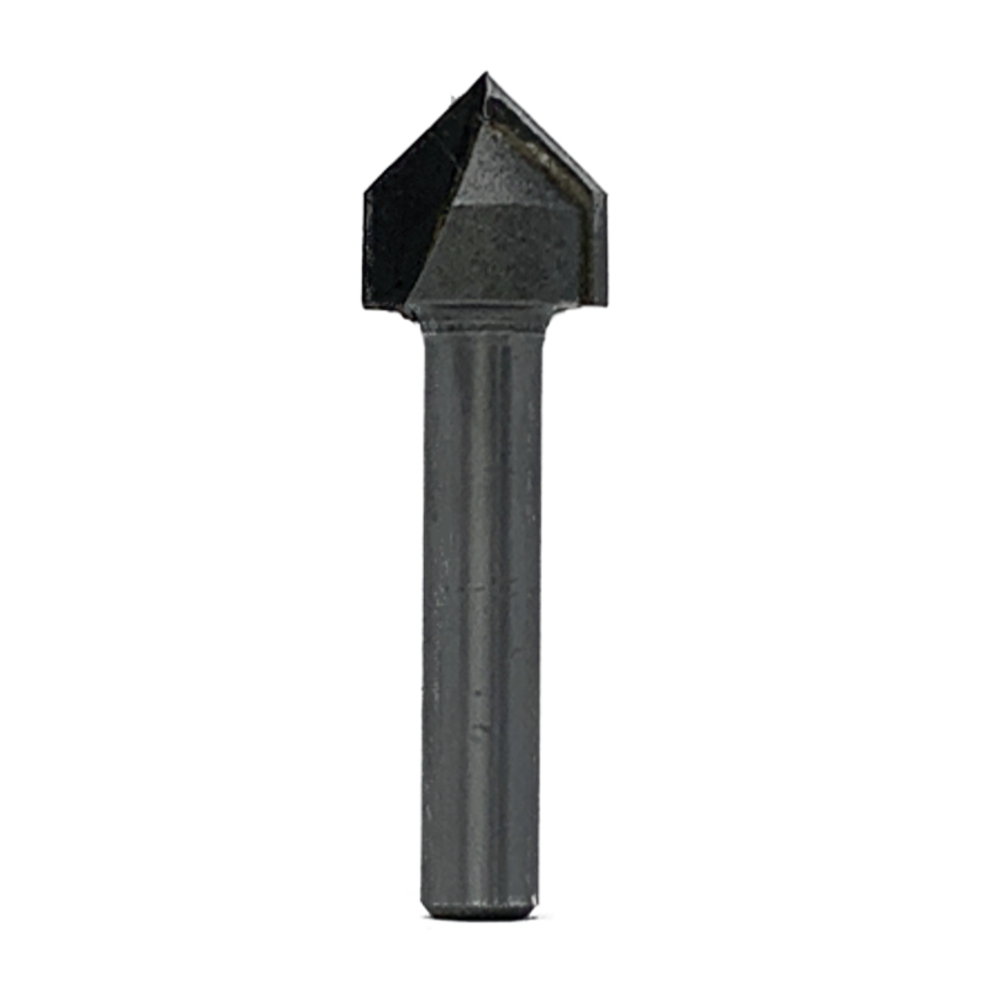

What Router Bits should an Electrician use?
Templates and a Flush Cut Router Bit are an electricians best friend when installing boxes. Chamfer and Roundover bits also come in handy to smooth the path for wires. And just like plumbers feeding pipes in an older home, electricians doing re-wiring can use V-Groove or Core Box to create grooves in joists or beams to create the space needed to run new wiring without compromising frame integrity with large drilled holes.
Best Router Bits for Electricians:
- Flush Cut (1)
- Chamfer (2)
- Roundover (3)
- V-Groove (4)
- Core Box (5)
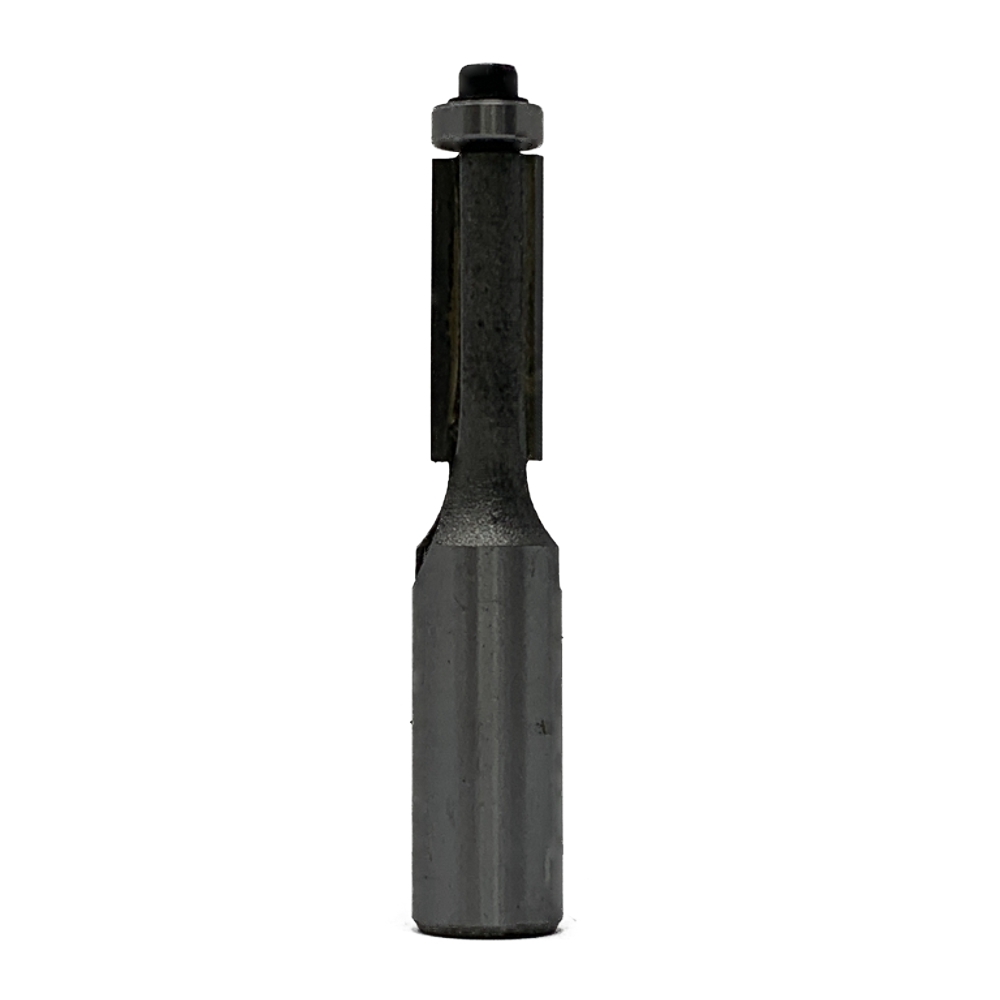
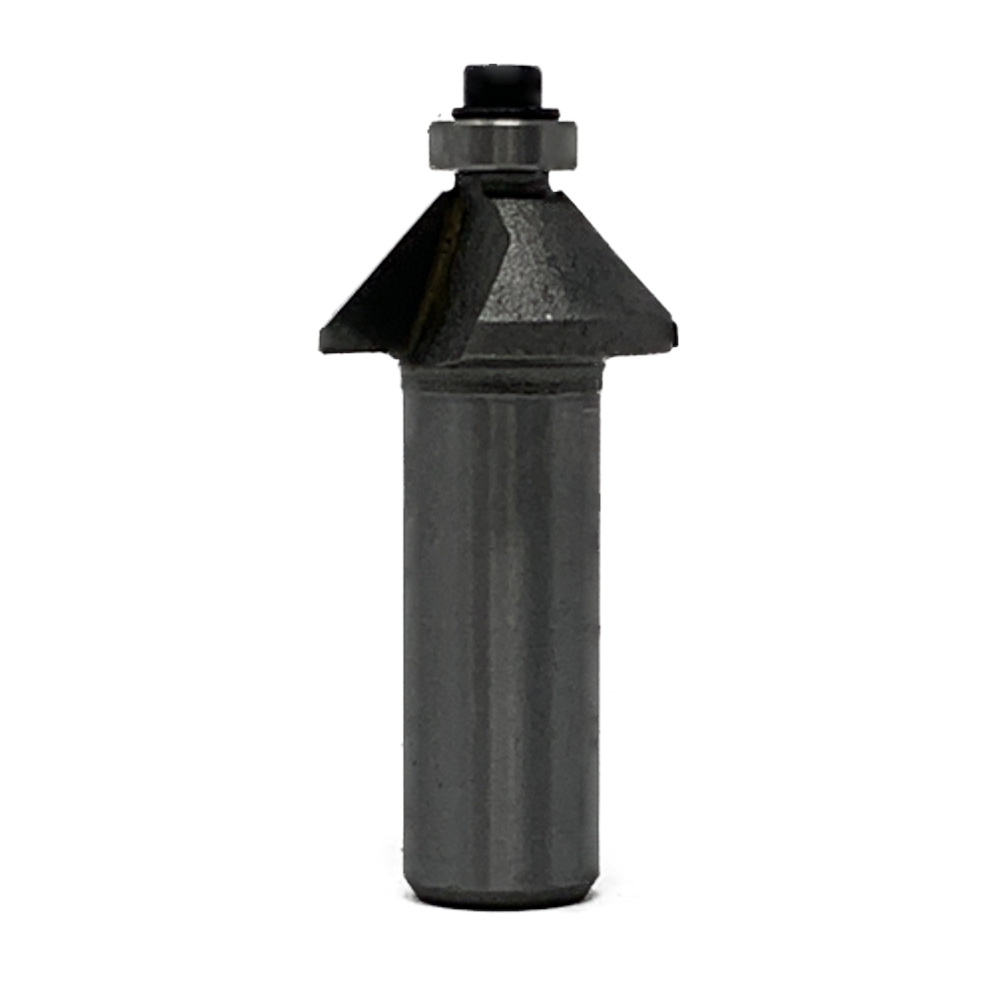
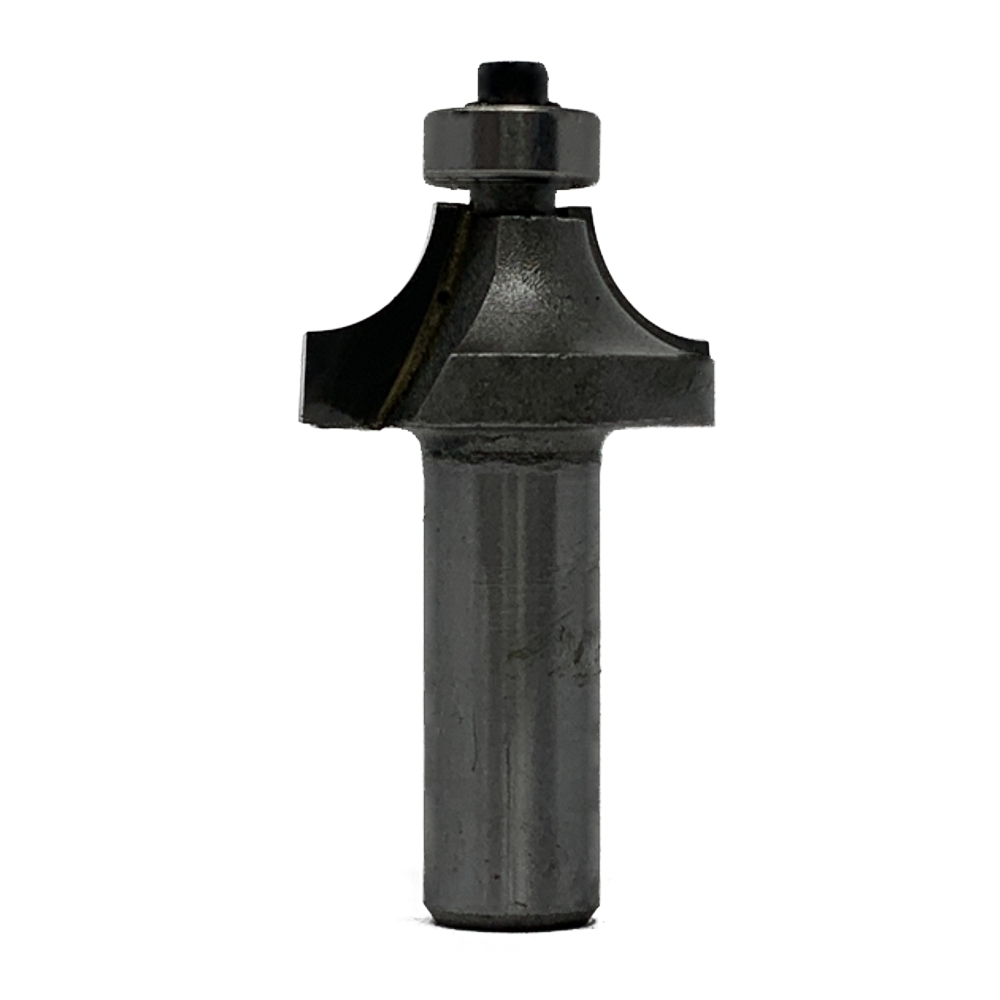
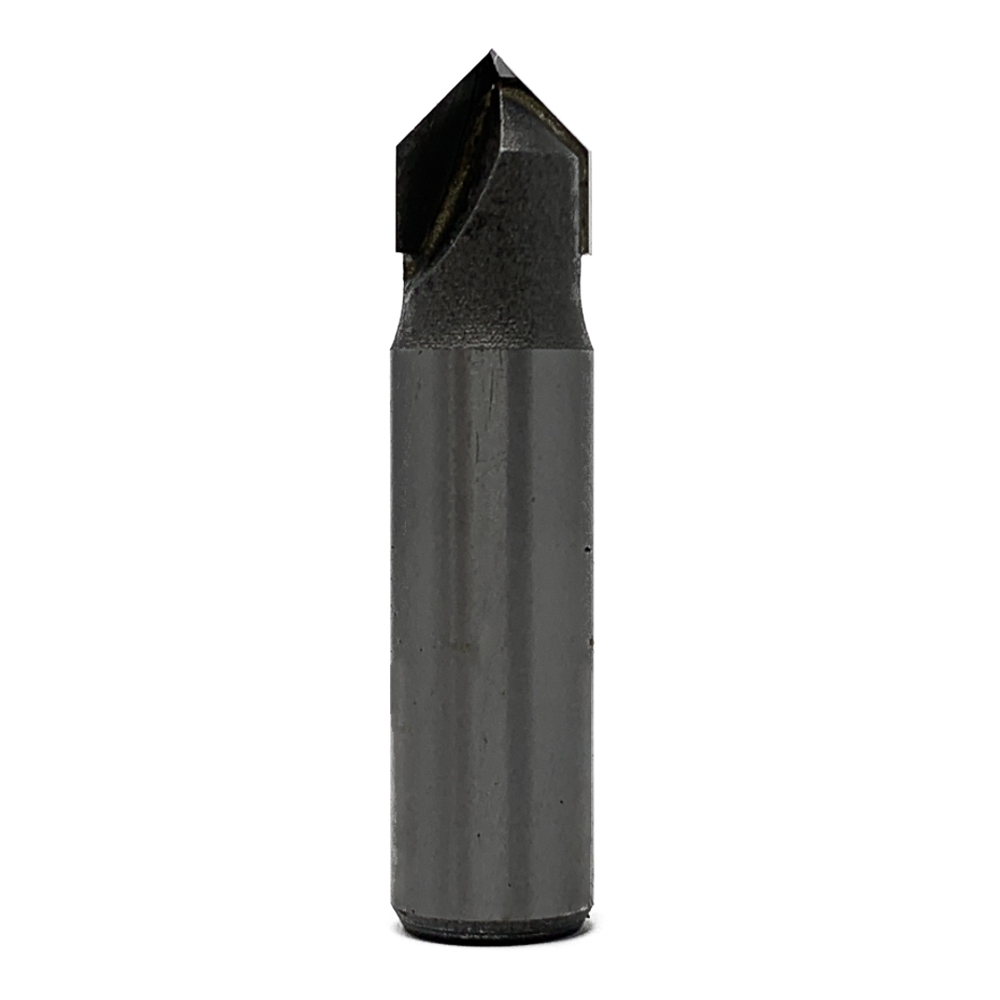
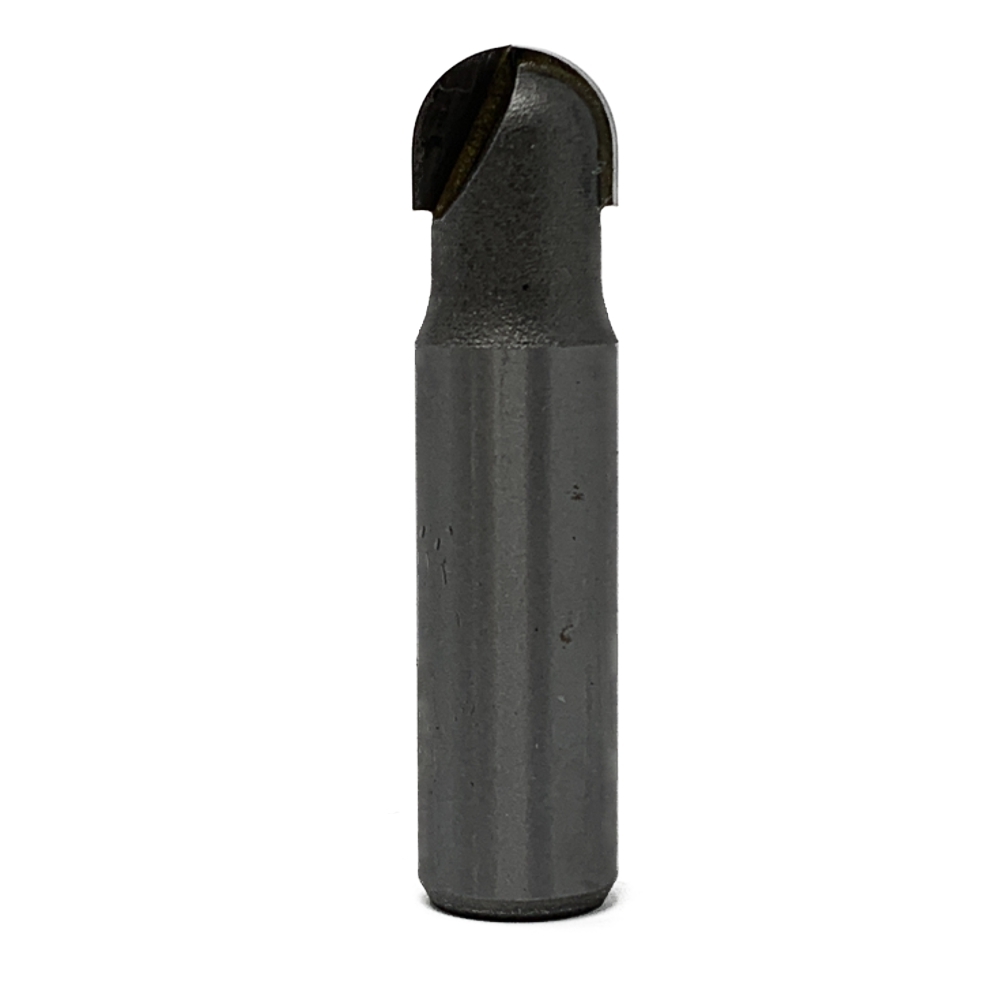
What Router Bits should you use for working on a car?
Nope that’s not a typo! Router Bits come in handy when working on a car. Use a flush trim bit under 1” diameter to create custom trim panels and boxes for speakers and other audio components When Body Filler (Bondo ™) is completely dry, use a straight bit or flush trim bit to match to contours of vehicle. A straight bit on a hand-held router tool is also an awesome tool to trim fiberglass body panels before installing on the vehicle. And a small diameter flush trim bit can save plastic trim. And don’t forget that Bad Dog Tools Router Bits can be used on aluminum – just the thing to create custom trim for your ride.
Best Router Bits for Working on Cars and Trucks:
- Flush Trim (1)
- Straight (2)
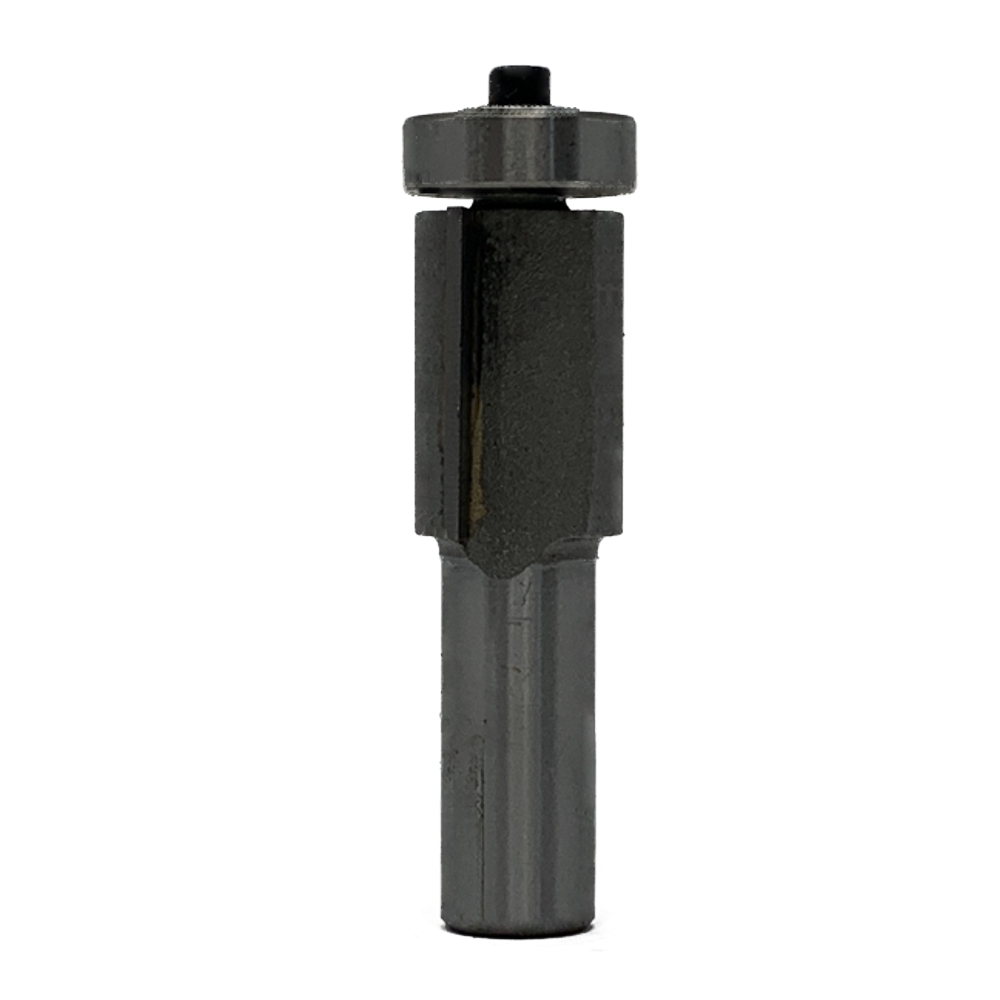
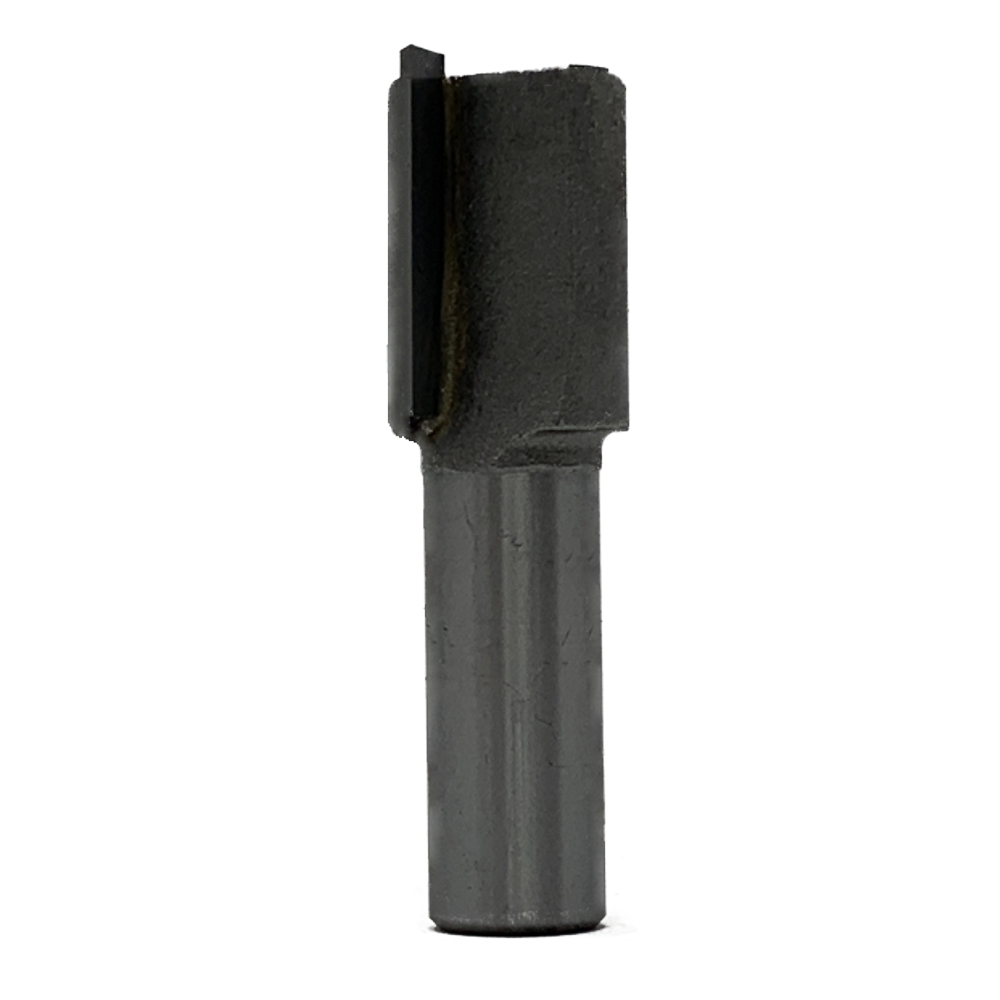
What can I use a Router Bit for as a DIY’er or homeowner?
Whether you’re making a new set of bunk beds for the kids, redoing the pluming in the bathroom, installing speakers in your truck or building a new deck in the backyard or re-hanging the front door you’ll find a set of router bits is a useful addition to your tool collection that will pay for themselves in added efficiency and creativity.
Best Router Bits for DIY’ers and Homeowners:
- Flush Trim (1)
- Straight (2)
- Roundover (3)
- Decorative (4)

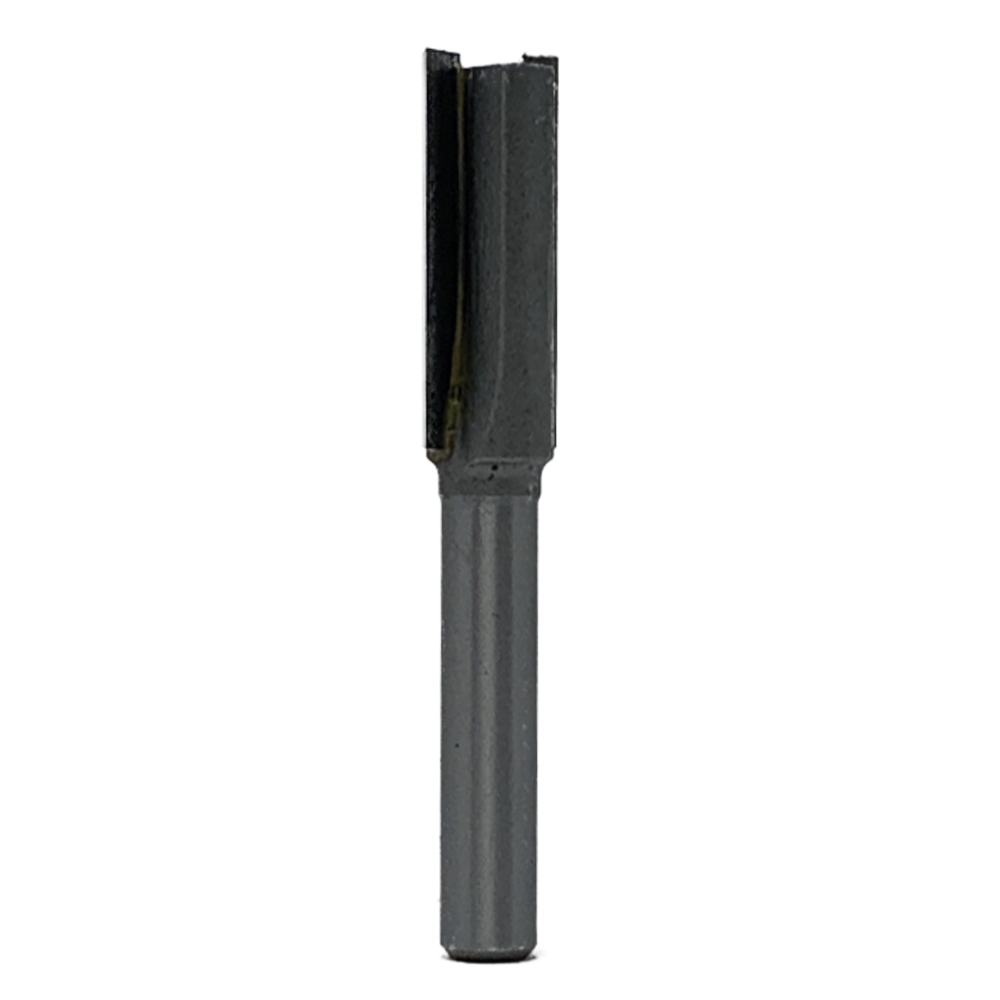
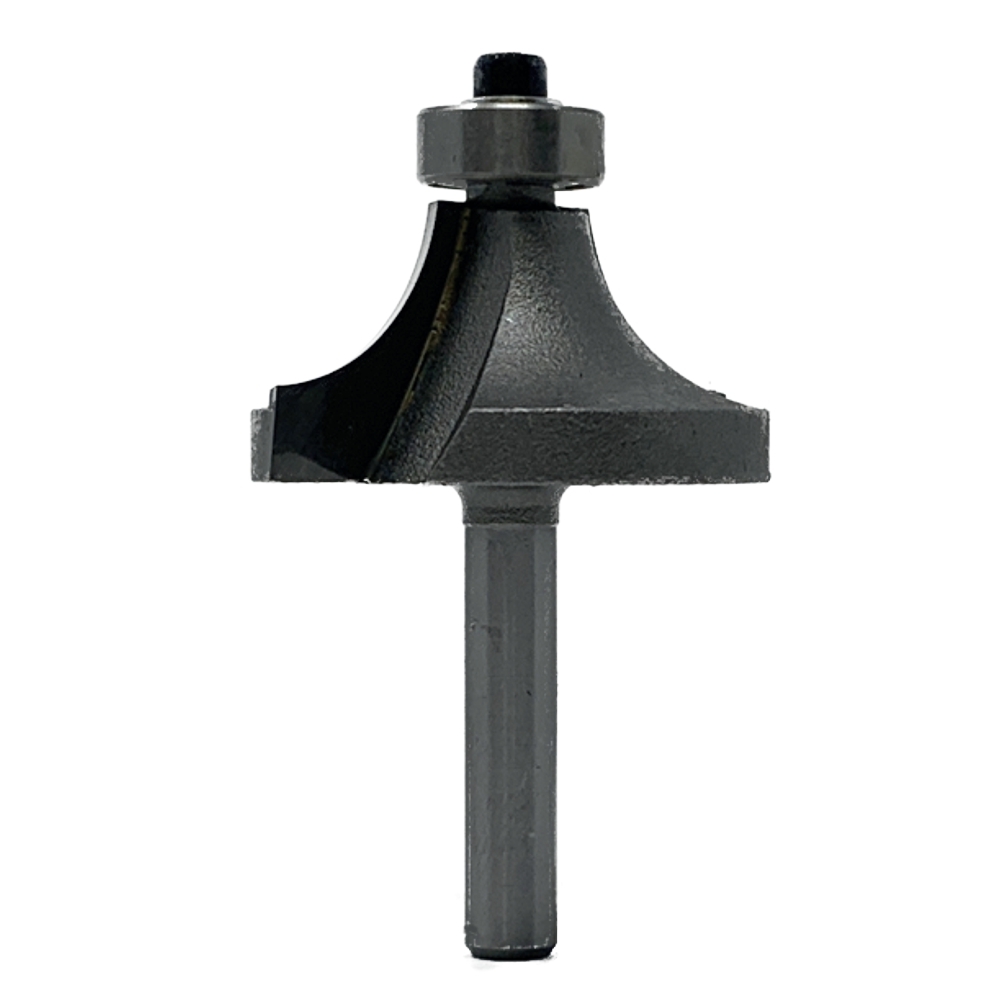
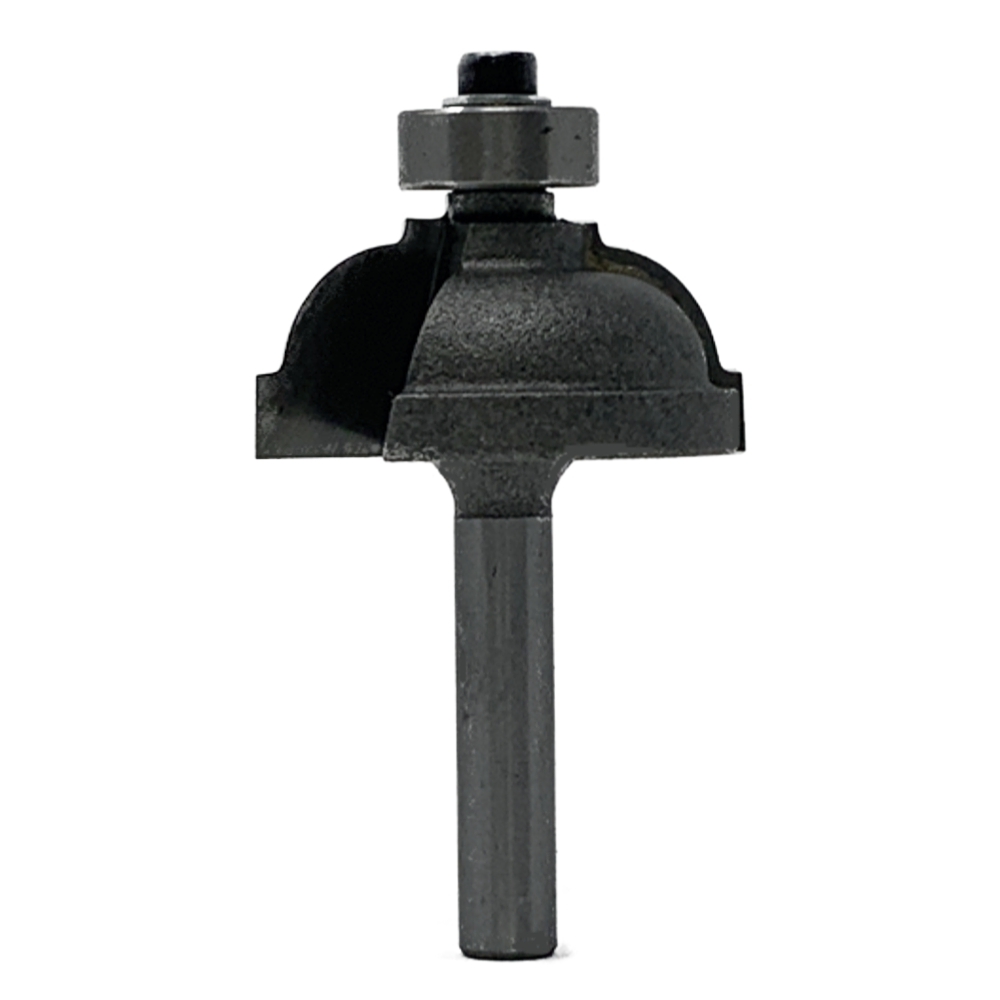
How do I get good at using Router Bits?
Practice makes perfect! Perfect your technique on scrap materials. Experiment with speed and feed rate – that how fast you move the material along the Router Bit. Depending on the material, look for:
- Burn Marks
- Inconsistent chips
- Melting
- Pulling that causes difficulty holding on the material (SLOW DOWN)
With a little practice, you’ll be using Router Bits like a pro! And you’ll wonder why you didn’t try them sooner.
Are Bad Dog Tools Router Bits Good?
Yes! Bad Dog Tools customer rate Bad Dog Tools’ Router Bits at 4.7 stars, plus they come with a Lifetime Guarantee! That means free sharpening when if your bits dull, and free replacement if your bits get damaged. Shop Now!
Written by Ann Strong
Technical Engineer & President of Bad Dog Tools
